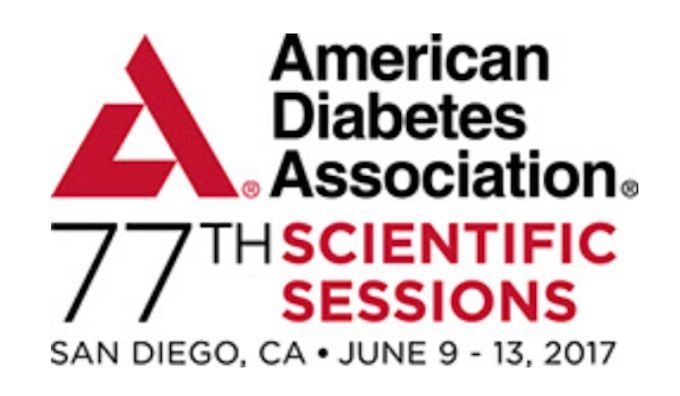Article
DELIVER 3 Results Presented at ADA 77th Scientific Sessions
Author(s):
Patients who switched to insulin glargine 300 Units/mL were 57% less likely to experience hypoglycemia at 6-months.

The results of the DELIVER 3 retrospective observational study have been presented at the American Diabetes Association (ADA)’s 77th Scientific Sessions in San Diego, California.
In making the presentation, Sanofi announced its new evidence demonstrating a significantly lower risk of hypoglycemia with similar blood sugar control in an at-risk population of senior adult patients (aged ≥65 years) with type 2 diabetes (T2D) after switching to Toujeo (insulin glargine 300 Units/mL) compared with switching to another basal insulin, including Lantus/Sanofi (insulin glargine 100 Units/mL), Levemir/Novo Nordisk (insulin detemir) and Tresiba/Novo Nordisk (insulin degludec).
Hypoglycemia was identified in the dataset by International Classification of Diseases (ICD)-9 and ICD-10 diagnosis codes or by plasma glucose, measured as ≤ 70 mg/dL by laboratory test.
A long-acting insulin used to control blood sugar in adult patients with diabetes, insulin glargine 300 Units/mL contains 3 times as much insulin in 1 mL as standard insulin 100 Units/mL. It should not be used to treat diabetic ketoacidosis, and should not be used in children with diabetes.
"Older patients with type 2 diabetes are disproportionately impacted by hypoglycemia and its consequences," Jeremy Pettus, an assistant professor in the Division of Endocrinology at the University of California San Diego, said in a company news release announcing the results. "Observational real-world data such as DELIVER 3 can contribute to clinical decision-making, helping physicians to better advise their patients in this important at-risk population."
The study found that the patients who switched to insulin glargine 300 Units/mL were 57% less likely to experience hypoglycemia at the 6-month follow-up (Odds Ratio: 0.432, 95% CI: 0.307 to 0.607, P < .0001) than the patients who switched to another basal insulin with similar glycemic control (least squares mean difference —0.09%, P = .24).
The DELIVER 3 findings are consistent with the evidence from DELIVER 2, another retrospective observational study that included 2 matched cohorts of 1827 (N = 3,654) adult patients with T2D who were using basal insulin and switched to either insulin glargine 300 Units/mL or another basal insulin. DELIVER 2 showed 33% fewer hypoglycemic events in a broader population of adult patients with T2D 6 months after switching. The company estimates that this would result in an all-cause healthcare cost savings of up to approximately $2,000 per patient, per year.
Riccardo Perfetti, head of the Global Diabetes Medical Team for ‎Sanofi, stated in the news release that, combined, the findings from DELIVER 2 and DELIVER 3 "demonstrate the real-life clinical benefit of Toujeo versus other basal insulins, and how this translates into overall cost savings.”
He went on to explain the company’s next steps, saying, “Complementing these observational studies in a real-life setting, Sanofi is also conducting a unique program of 3 randomized, prospective, open-label, real-life clinical studies with Toujeo. The methodology of these studies could provide a better understanding of the comparative benefit…versus other basal insulins, and the findings might be relevant to future clinical practice and evaluation of overall cost of care."
The 3 randomized, prospective, real-life clinical studies, called ACHIEVE CONTROL, REACH CONTROL, and REGAIN CONTROL, include more than 4500 people with T2D in the United States and Europe. These patients are either starting basal insulin treatment or switching from another basal insulin treatment. The initial results are anticipated later in 2017.





